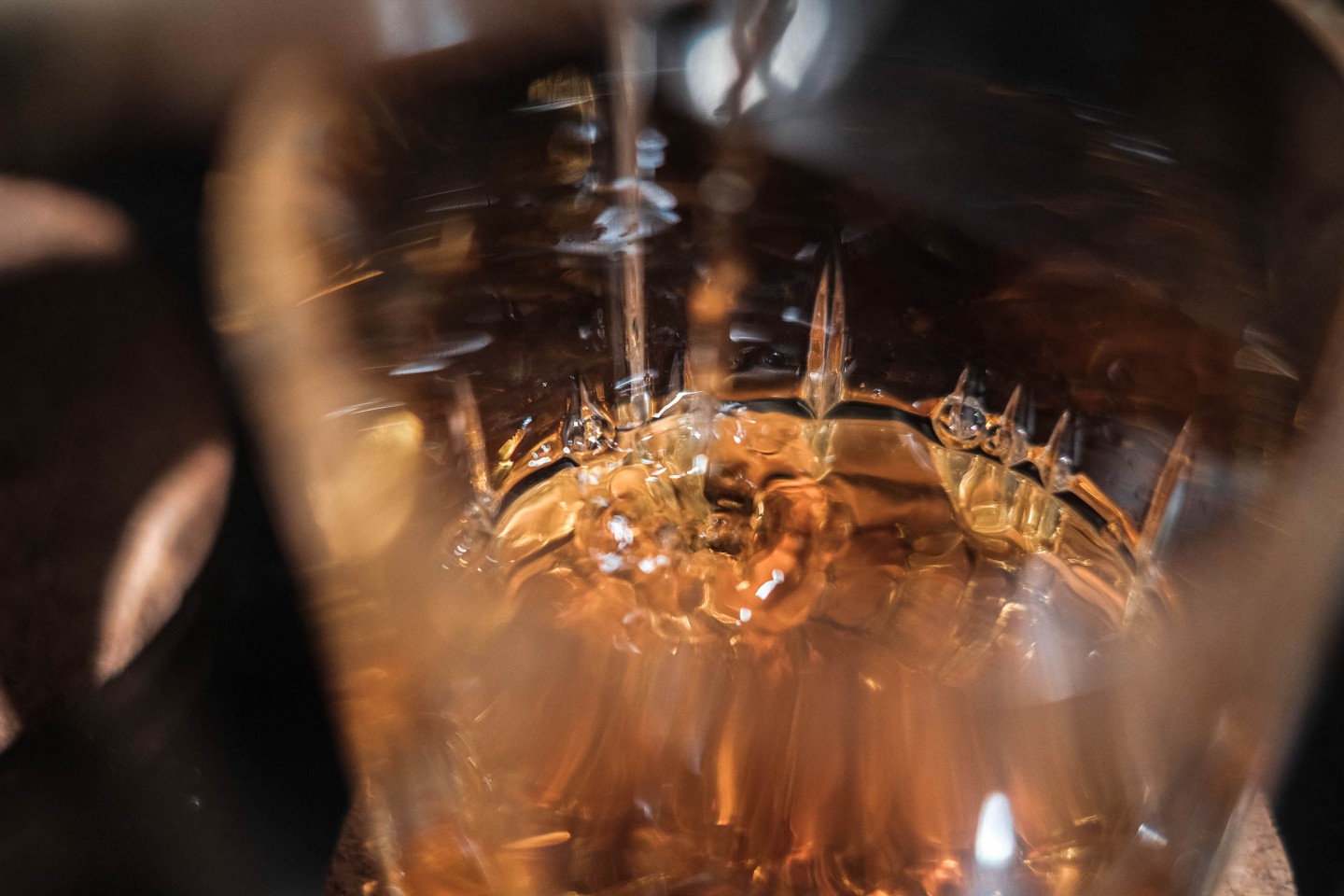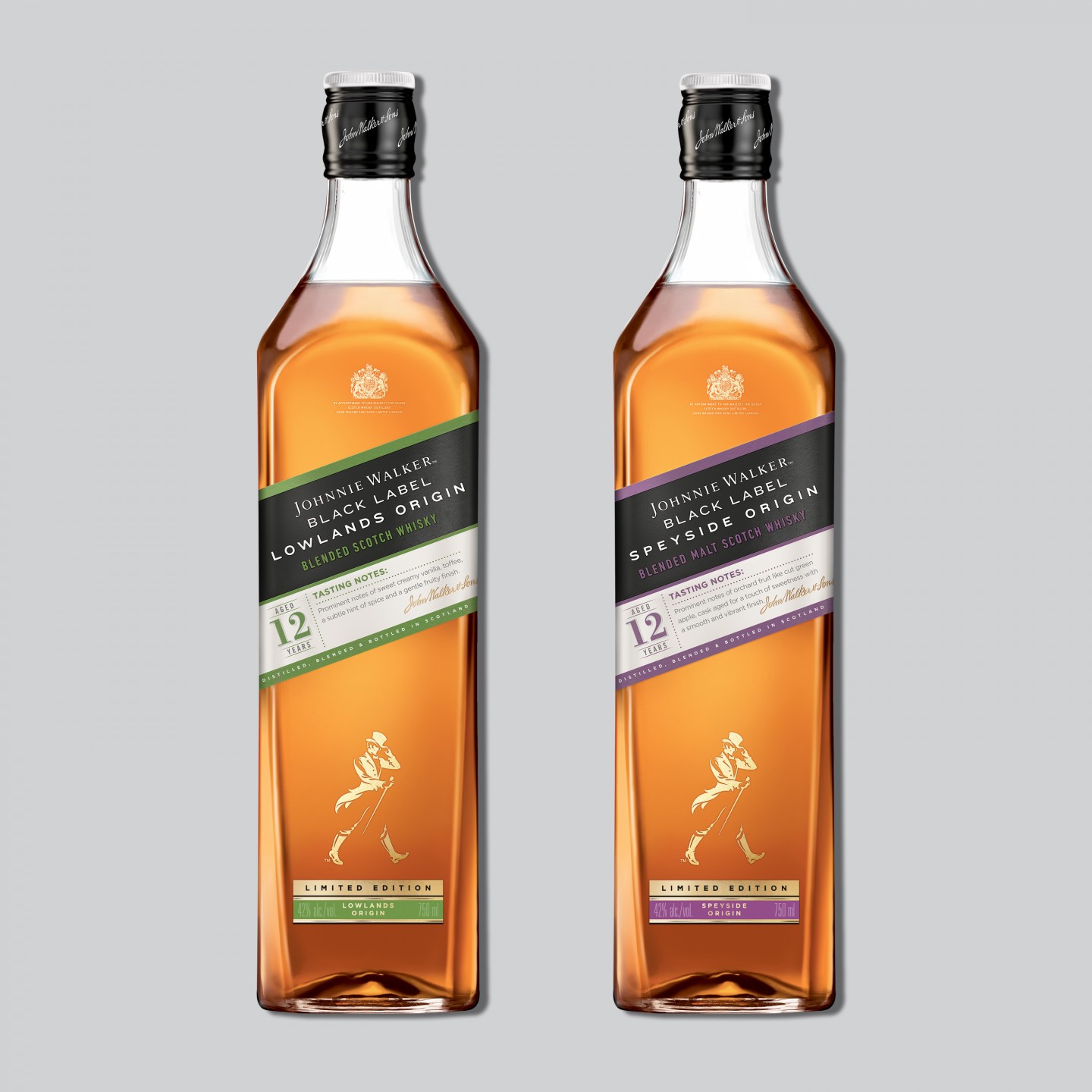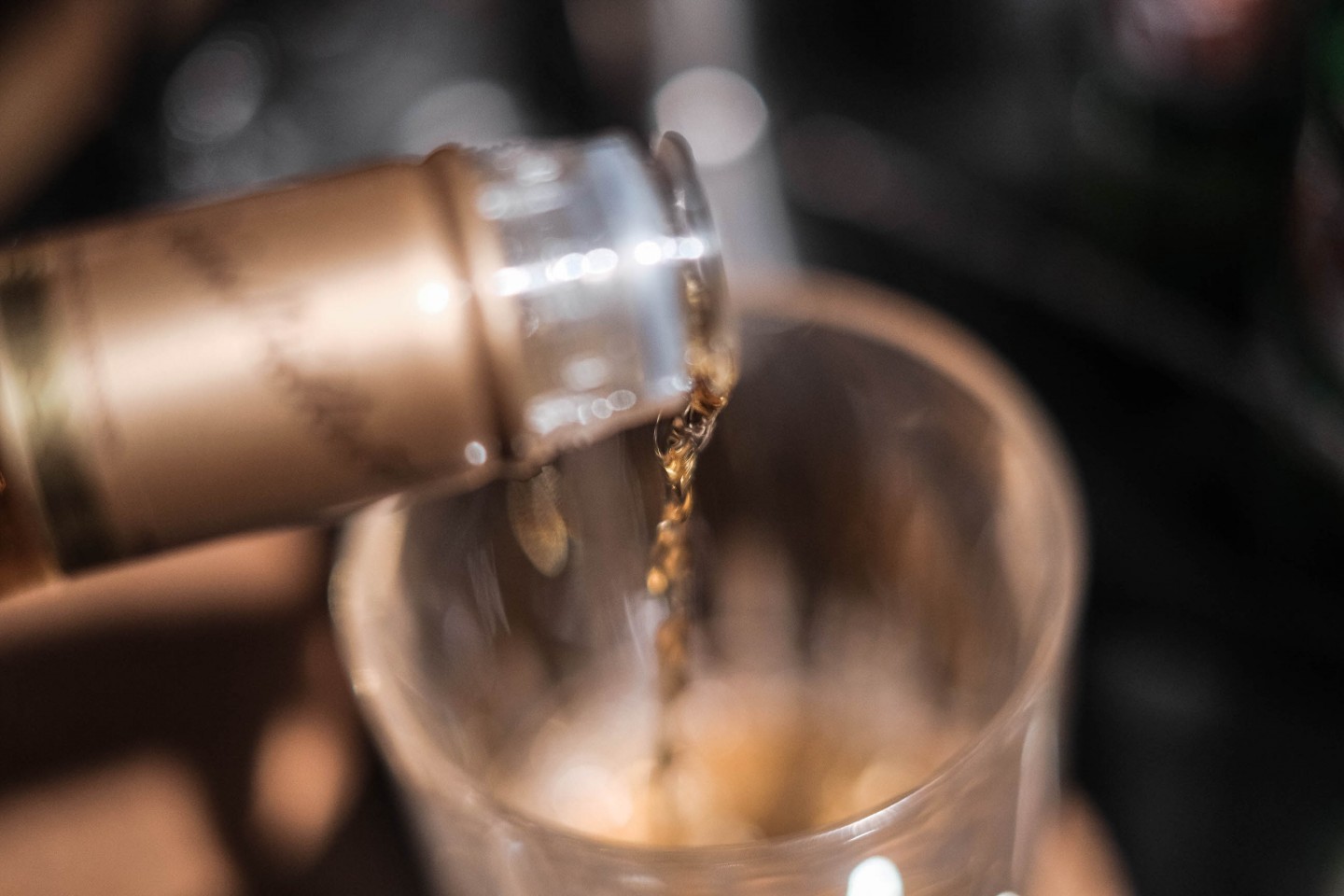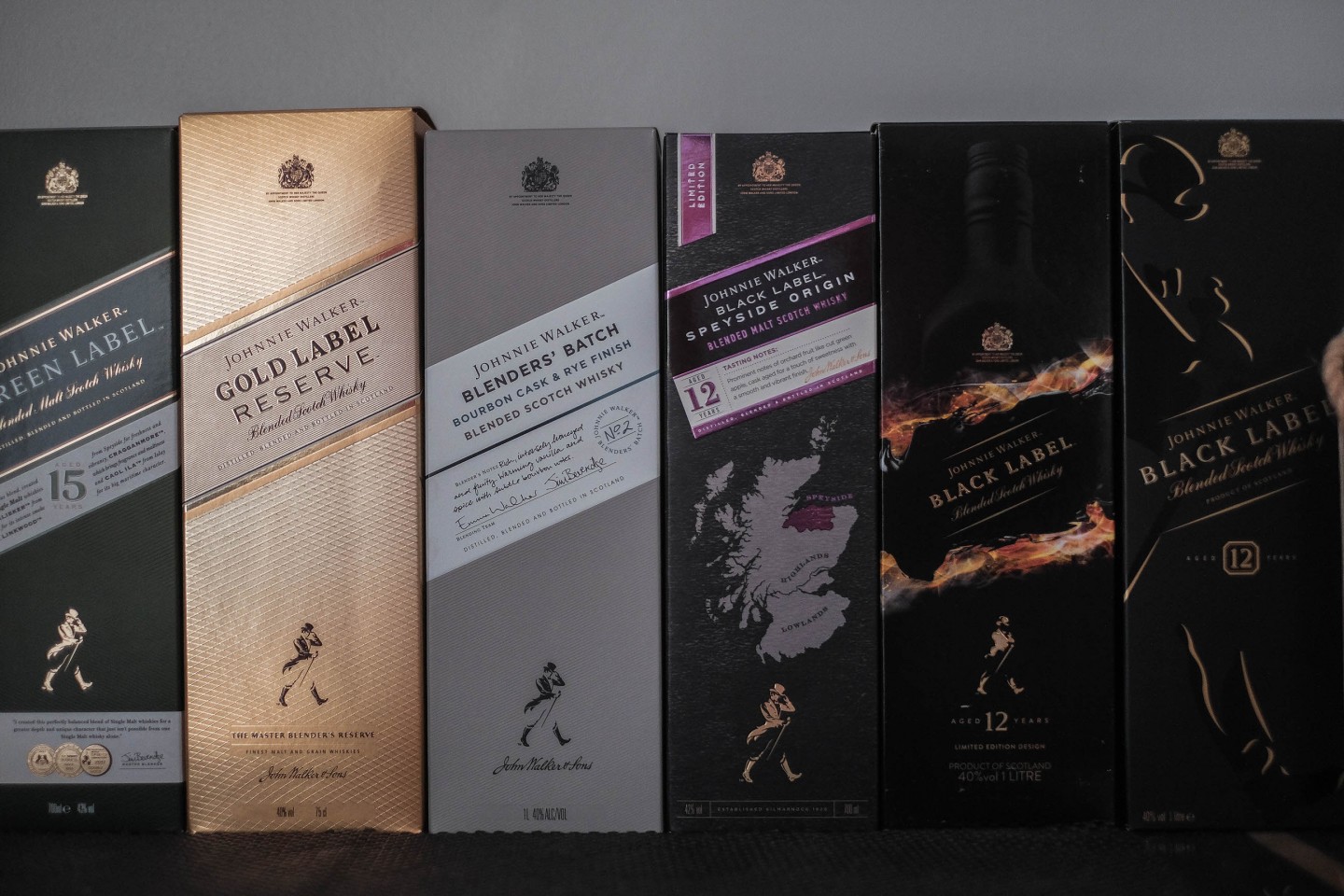
The ever-growing food and drink culture in the Philippines, even more now with the slew of home businesses experimenting with different cuisines and types of food and drinks, further advances the ongoing evolution of our taste and preferences with what we consume. The arrival of third-wave coffee, specialty cocktail bars, acclaimed global food concepts, and more have done wonders in how Filipinos perceive taste.
“Research shows that humans have anywhere between two thousand and five thousand taste buds on their tongues. Every taste bud has fifty to one hundred receptors that process five flavor profiles: sweet, salty, bitter, sour, and umami (often described as savory). So thinking about how we connect to eating (or drinking) is useful for learning how to be come more attuned to a variety and diversity of taste sensations. Children typically do not enjoy the taste of coffee or alcohol, yet these beverages are enormously appealing to many adults. Their enjoyment comes through exposure and cultivation. They offer clear evidence that tastes change and that many tastes are developed and learned.” — An excerpt from the book, “Aesthetic Intelligence” by Pauline Brown
Developing taste for food and drinks is a matter of interest more than anything else. But in the same way with design, art, music, fashion, and more, we are able to appreciate them better through having a deeper understanding. So although sustenance is what our bodies only really need, it’s taste that stimulates us intellectually and emotionally.
Images — Marvin Conanan
Several years ago, I remember how much I can’t stand a glass of Johnnie Walker Black Label on the rocks. I wasn’t well-acquainted with liquor yet, so it was a struggle to finish it. Whisky, or any type of liquor for that matter, is an acquired taste, so it’s not surprising to know that to have taste for it will not be a smooth journey. It takes sheer openness and curiosity to get over its intense flavors to experience the intricate tastes it possesses.
Fast forward to today, I can now sit and enjoy whisky however it is served — neat, on the rocks, or as a cocktail. What was once just bitter, is now smoky, sweet, with bit of caramel flavors to it. Because once my taste developed, my understanding of flavors as a whole broadened, and in the process I developed an overall ability to decipher tastes better from other drinks and food as well. Although it is not a crucial life-ability to have, the value of an evolved understanding of taste lies in an improved experience of the diverse flavors of food and drinks — arguably a more delightful process of consumption.

So it is great to know that my once adversary in social gatherings is celebrating that same journey of exploring tastes and flavors. Johnnie Walker recently launched their Origin Series that wander outside the usual flavor of the Johnnie Walker Black Label which is smoky, woody, and rugged. The new blends are inspired by the Speyside and Lowland regions of Scotland — with the Speyside Origin being light, fruity, with hints of green apple, while the Lowland Origin being sweet, with vanilla-like character, and subtle notes of toffee.

Now with more elaborate descriptions of flavors in food and drinks, it will be more difficult to appreciate this shift in food culture without developing our own taste and consciousness of different flavors. The development of taste is a pleasurable experience. If we become mindful and intentional about it, our simple encounters with different food and drinks will be more delicious and gratifying. Try it out for yourself, do a tasting experiment with the Johnnie Walker Black Label Origin Series or other food and drinks that you love. Let’s continue to evolve our relationship with taste and what we consume.
To try Johnnie Walker’s newest offering — the Origin Series; Speyside and Lowlands — visit their Facebook page to know more and where to order.








